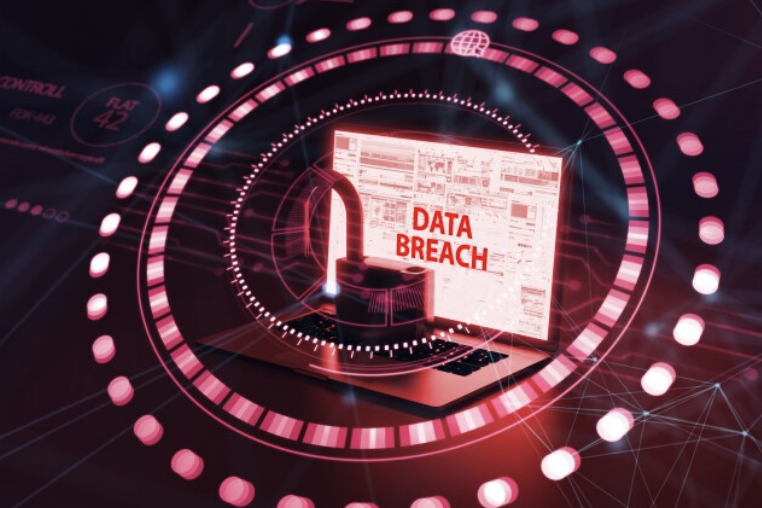
Healthcare is becoming increasingly digital, and with that shift comes a new set of challenges. Electronic health records and online platforms have streamlined care, but they have also made patient data a prime target for exposure and cybercrime. The recent Archer Home Health database leak illustrates the severity of the risks when sensitive health information is not adequately protected.
The Archer Home Health Discovery
A security researcher recently uncovered an unsecured database tied to Archer Health, Inc., a California-based home healthcare provider. The database, which lacked encryption and password protection, contained roughly 146,000 documents in PDF and image formats.
Within the files were personal details such as names, Social Security numbers, home addresses, patient IDs, and medical diagnoses. The records also included treatment notes, home health certifications, care plans, and discharge papers—information that falls under both personally identifiable information (PII) and protected health information (PHI).
The system was quickly secured after disclosure, and Archer Health confirmed it was investigating the matter. Still, questions remain about how long the data was accessible and whether anyone else might have viewed or downloaded it.
Why Healthcare Records Are So Valuable
Unlike financial information, which can be changed if compromised, health data is permanent. Once exposed, it can be misused for years. This permanence, combined with the depth of personal details contained in medical files, makes healthcare data one of the most lucrative commodities for criminals.
Stolen medical information can be used for:
- Identity theft, using personal and demographic details
- Prescription fraud, to obtain drugs illegally
- False insurance claims, leading to financial losses for providers and patients
- Synthetic identities, where real and fake details are combined to create entirely new personas
Reports from the Department of Health and Human Services (HHS) highlight the escalating problem. Between 2018 and 2023, hacking-related breaches increased by 239%, while ransomware attacks grew by 278%, making healthcare one of the most frequently targeted industries.
Impact Beyond Privacy
The consequences of breaches extend far beyond stolen data. Healthcare organizations often face operational disruptions, delayed treatments, and reputational harm. Meanwhile, patients may experience long-term stress as they deal with fraudulent accounts, inaccurate medical records, or compromised insurance claims.
Trust—an essential part of the patient-provider relationship—can be significantly damaged when private health information is mishandled.
Building Stronger Defenses
While U.S. law under HIPAA requires organizations to secure protected health information (PHI) and notify patients if breaches occur, compliance alone doesn’t always prevent exposures. Security experts stress the importance of layered defenses, including:
- Encrypting data at rest and in transit
- Using multi-factor authentication to restrict access
- Regularly auditing databases and user permissions
- Training employees to spot phishing and social engineering threats
- Monitoring systems continuously for unusual activity
Even simple practices—like avoiding patient names in file titles—can reduce unnecessary risks.
Lessons Learned
The Archer Home Health exposure is a cautionary example of how quickly sensitive data can be put at risk through misconfigurations. Although there is no evidence of malicious exploitation, the incident highlights the need for vigilance in protecting patient information.
For individuals, steps such as reviewing credit reports, placing fraud alerts, and monitoring medical bills can help detect misuse early. Patients should also update passwords for healthcare portals and enable two-factor authentication when available.
In a world where health data is both permanent and highly sought after, organizations and individuals alike must remain proactive. The Archer case is a reminder that patient records are not just medical files—they are valuable assets that require the highest levels of protection.


